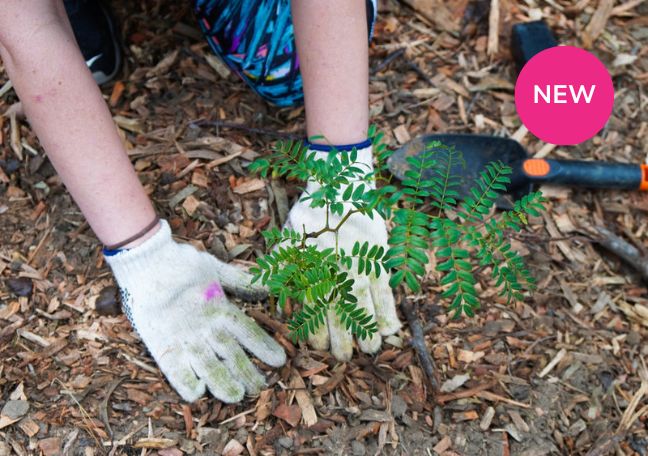Lesson summary
In this flipped lesson, students will explore the impact of climate change and conduct an energy audit of their school to inform the planning of future sustainable practices.
Learning intentions:
Students will...
- explore climate change
- build their thinking and questioning skills.
Success criteria:
Students can...
- conduct a school-wide energy audit
- reflect on environmental behaviours that contribute to climate change.
Lesson guides and printables
Curriculum links
Select your curriculum from the options below.
Lesson details
Skills
This lesson is designed to build students’ competencies in the following skills:
- creative thinking
- critical thinking
- communication
- ethical understanding
- global citizenship
- problem solving
Curriculum Mapping
Australian Curriculum (v9.0) content description:
Year 9 and 10, Geography
- develop and evaluate strategies using environmental, economic or social criteria; recommend a strategy and explain the predicted impacts (AC9HG9S05)
- causes and effects of a change in an identified environment at a local, national or global scale, and strategies to manage sustainability (AC9HG10K04)
Relevant parts of Year 9 and 10 achievement standards: Students explain the effects of human activity on environments and the effect of environments on human activity over time. Students develop and evaluate strategies, predict impacts and make recommendations.
NSW Syllabus outcomes:
- analyses management strategies for places and environments for their sustainability (GE5-5).
General capabilities: Critical and Creative Thinking, Literacy, Personal and Social Capability
Cross-curriculum priority: Sustainability
Level of teacher scaffolding: Low - allow students to explore the topic independently by watching the video in the Student Worksheet.
UN Sustainable Development Goals
UN SDG 13: Take urgent action to combat climate change and its impacts
- Target 13.3: Improve education, awareness-raising and human and institutional capacity on climate change mitigation, adaptation, impact reduction and early warning.
Resources Required
- Device capable of displaying audiovisual material
- Student worksheet (one per student)
- Whiteboard
Additional Info
Earth Hour is a WWF-Australia initiative and the world’s largest community-driven climate change campaign. At the centre of Earth Hour is switching off lights to show a commitment to action. Thousands of educators use Earth Hour’s education program to enrich their curriculum and provide pathways for young people to create change in their world. For the most up-to-date Earth Hour dates, times, and events, check here.
Related Professional Learning
How to Teach Sustainability With Hope
Quick Summary: This course will help you bring hope to challenging, upsetting or worrying topics around sustainability.


Welcome back!
Don't have an account yet?
Log in with:
Create your free Cool.org account.
Many of our resources are free, with an option to upgrade to Cool+ for premium content.
Already have an account?
Sign up with:
By signing up you accept Cool.org's Terms and Conditions(Opens in new tab) and Privacy Policy(Opens in new tab).